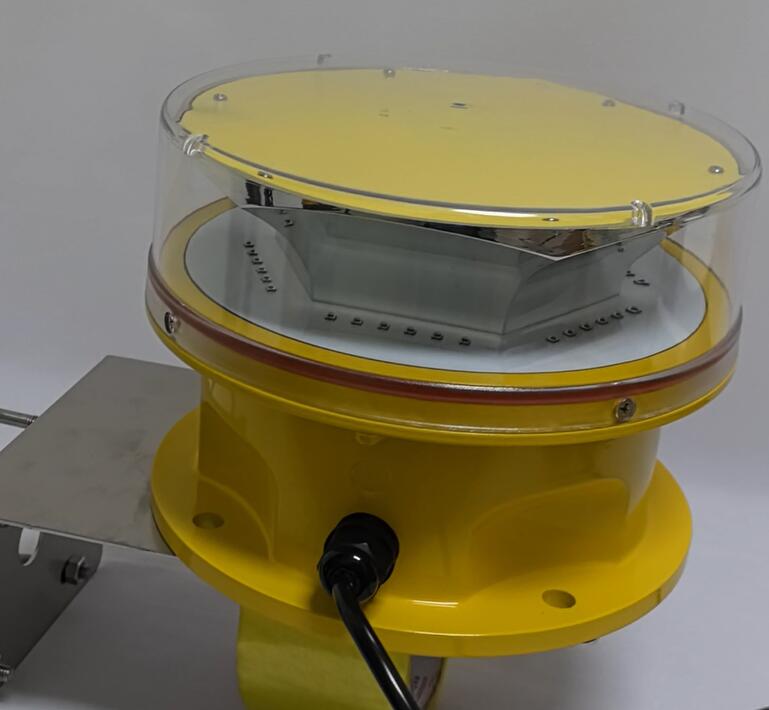Posted: 2024-08-16
LED obstruction lights have emerged as a vital tool in ensuring the safety of aviation. These lights are specifically designed to mark and warn aircraft pilots of potential obstacles in their flight path.
The significance of LED obstruction lights lies in their ability to prevent accidents and protect lives. In an era where air travel is increasingly common, the presence of tall structures such as buildings, towers, and cranes poses a significant threat to the safe navigation of aircraft. LED obstruction lights act as a visual cue, alerting pilots to the presence of these obstructions and enabling them to take appropriate evasive actions.

One of the key advantages of LED obstruction lights is their energy efficiency. Compared to traditional lighting sources, LEDs consume significantly less power while providing a brighter and more focused light output. This not only reduces the overall energy consumption but also makes the lights more cost-effective to operate and maintain.
| YTR | UR | SR |
| SSR | TR | EX |
The durability of LED obstruction lights is another important aspect. They are engineered to withstand harsh environmental conditions, including extreme temperatures, humidity, and exposure to the elements. This ensures that they remain functional and reliable over an extended period, minimizing the need for frequent replacements and maintenance.
LED obstruction lights also offer superior visibility. Their intense and consistent light emission makes them easily detectable from a considerable distance, even in adverse weather conditions. This enhanced visibility is crucial for pilots to identify potential hazards in a timely manner and make informed decisions.

For instance, in the construction of new buildings or infrastructure near airports, LED obstruction lights are mandatory to comply with safety regulations. These lights are strategically placed on the top and at critical points of the structure to provide clear visibility to approaching aircraft.
Wind turbines are another area where LED obstruction lights play a crucial role. As wind farms are often located in areas with significant air traffic, the proper installation of LED lights on the turbines helps prevent collisions and ensures the safe coexistence of wind energy generation and aviation.
In addition to their application in aviation, LED obstruction lights are also used in other fields where height-related safety is a concern. For example, they are employed in the maritime industry to mark tall structures on ports and offshore platforms.
To ensure the effectiveness of LED obstruction lights, strict quality standards and regulatory compliance are essential. Manufacturers must adhere to specific guidelines to ensure that the lights meet the required intensity, color, and flashing patterns. Regular inspections and maintenance are also necessary to guarantee that the lights are operating optimally.
LED obstruction lights are an indispensable component of modern safety systems. Their role in safeguarding aviation and other industries cannot be underestimated. As technology continues to evolve, we can expect further improvements in the performance and functionality of these lights, contributing to an even safer operating environment.
It is the collective responsibility of all stakeholders, including authorities, businesses, and individuals, to ensure the proper installation and maintenance of LED obstruction lights to protect the safety of those in the air and on the ground.